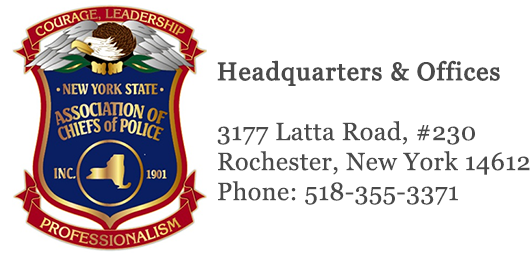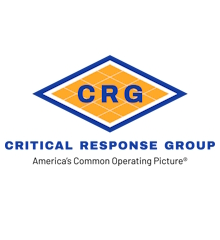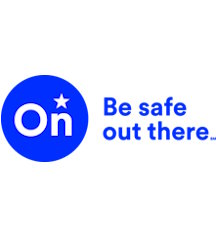- Home
- About
- Members
- Publications
- Chief's Chronicle
- Legislative Center
- Press Releases
- Sheriffs/Chiefs Budget Letter
- Press Release - Memorandum of Opposition
- Open Letter to the Governor June 11th 2020
- New York State Association of Chiefs of Police Statement - the Resignation of Rochester Police Chief La'Ron Singletary
- NYSACOP Letter Addressing Thanksgiving Day Gatherings Enforcement
- A Letter from NYSACOP - Commentary on Law Enforcement Involvement on Gathering Limits during Thanksgiving
- Statement on Ithaca Police Reform Panel Member Richard Rivera
- Mid-Hudson Chiefs of Police Association Press Release on Marijuana Legalization Meeting
- NYSACOP Response to Anti-Defamation League Statement
- Content and Advertising Deadlines for NYSACOP Publications
- Traffic
- Traffic Safety Committee Minutes
- Notable Traffic Safety News
- Training Opportunities
- Drug Recognition Expert (DRE) Training
- DWI Detection and Standardized Field Sobriety Testing Refresher Course
- DWI Detection and Standardized Field Sobriety Testing - Instructor Refresher Course
- Recognizing the Cannabis Impaired Motorist
- Breath Analysis Operator Course
- Breath Analysis Instructor Course
- DWI Detection and Standardized Field Sobriety Testing Instructor Course
- Crash Management Course Training Series Spring 2026
- Crash Management Course Training Series Fall 2025
- Commercial Vehicle Enforcement Training
- Documents and Information
- Traffic Safety Committee Members
- Resource Center
- Partnership Program
|
What Car Parts Cause Most Accidents? One of the worst things in life is getting into a car accident, denting your vehicle, and having to see flashing red and blue lights with blaring sirens in the middle of the whole thing. As bad as this scenario is, there is always a possibility that this could happen. According to J.D Power, the average car will cost roughly $41,044, as of July 2021. Therefore, you should exercise caution when driving a vehicle that costs thousands of dollars, especially because repairs and replacements are not becoming any cheaper. The National Highway Traffic Safety Administration (NHTSA) conducted years of study to identify the most prevalent mechanical failures that result in accidents. Discussed below are the four most common car parts that cause most accidents. Being knowledgeable about these parts will surely help you prevent tragedy and it will come in handy in case of replacement. Worn Tires Tires that are all worn out are a common cause of car accidents. The NHTSA has recorded that a whopping 35% of car accidents have been caused by worn tires. Worn tires are more prone to slips and are less responsive to your breaks making it difficult for the driver to maneuver their car. Another problem with worn tires is their susceptibility to blowouts. An automobile with slick tires, or a tire that can blow out, will almost certainly cause the car to collide with another vehicle. Once the threads on your wheels begin to tear, it is essential that you replace them as soon as possible, and many places do this, like the tire shops in Red Deer such as Canada Custom Autoworks. Furthermore, you should always check to see if your wheels are properly aligned, as improperly positioned wheels may wear out more quickly. Faulty Brakes Among the NHTSA’s list of car parts that cause accidents the most, faulty brakes take the second-highest spot. The very same survey noted that 22% of accidents are caused by faulty/unchecked brakes. If the brakes of a car aren’t functioning properly, it may lead to bumping or worse, crashing. If brake fluid leaks from faulty or worn brake lines, the braking capacity may be compromised. Damaged brake discs might also make it more difficult to control the speed at which you come to a halt. Maintaining your brakes on a regular basis should always be a priority. You must have it checked at least once every 30,000 miles or if you drive a long distance. Broken Lights Lights are yet another component of a vehicle that have been responsible for many collisions. According to studies, the use of headlights during daylight reduces the number of overall traffic accidents by 10%. Broken lights can make it more difficult to see through dimly lit regions and in stormy weather if you do have lights broken. Everyone has heard the expression, “Keep your eyes on the road.” Keeping your eyes on the road will not help you prevent an accident if you are not driving in the right lighting conditions. Keeping track of your headlights usage and replacing them when they begin to dim is critical to ensuring that your lights will survive for as long as possible. Bad Suspension The fourth most common car part that causes traffic accidents is a bad suspension system. A faulty suspension might result in a loss of control over your vehicle and an accident. A lack of control over your vehicle is almost certain to result in an automobile accident. Maintaining your vehicle regularly should help you avoid an unfortunate situation. Bad suspension is said to be responsible for 3 percent of all road accidents, therefore make certain that you will not be a part of this statistic. Conclusion Although accidents do not happen all the time, this does not mean that we should sit back and do nothing to prevent them from occurring. The expense of a tire or car maintenance suddenly looks insignificant when compared to the possibility of saving a life, whether it is your own, a relative’s, or a fellow driver’s life. No matter how costly your car is, it is not invulnerable to damage. Keep in mind to always have your car tested for faults, and repair any car parts that you feel are faulty as you notice them. Source: netnewsledger.com |

































